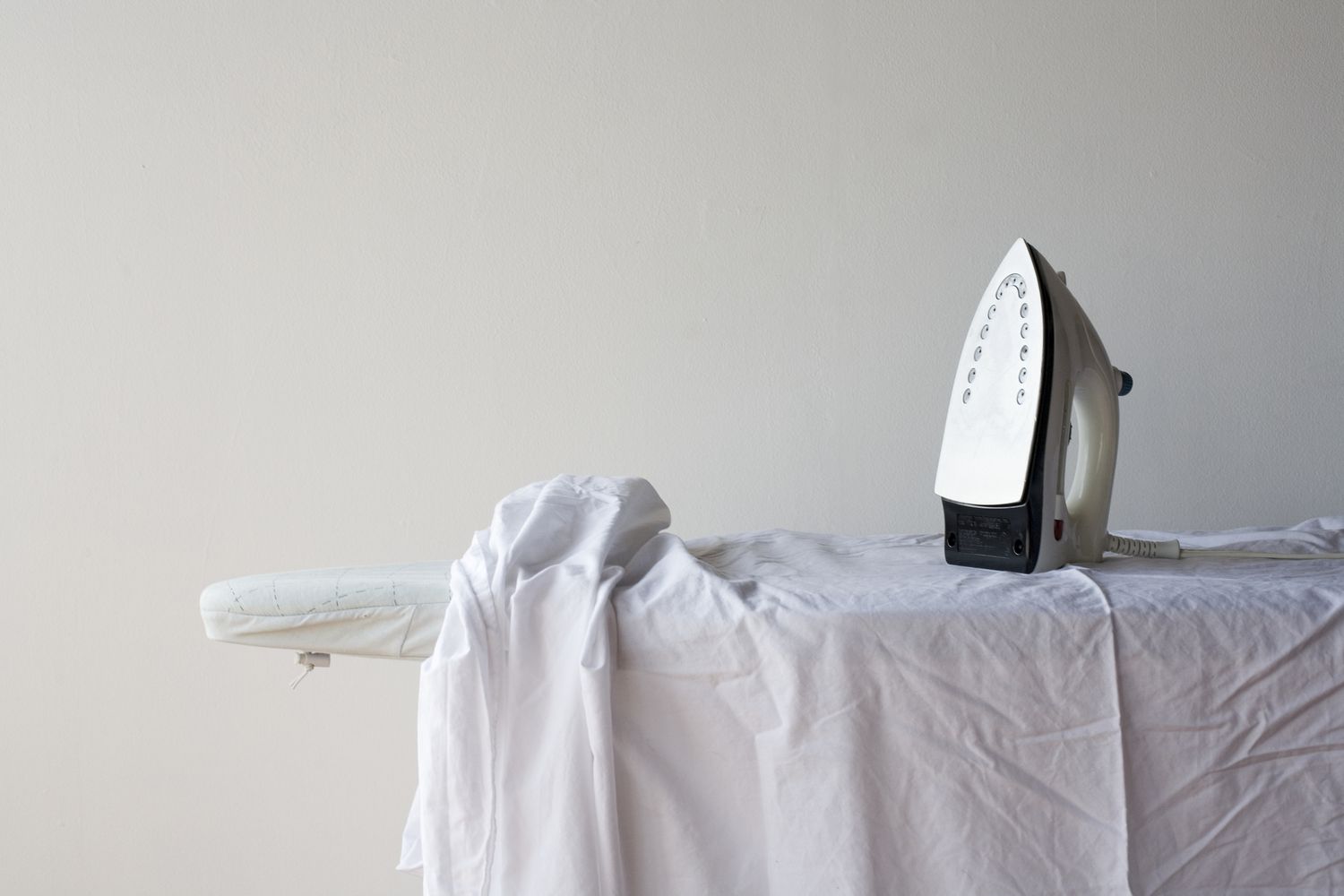

Tableware
How To Iron A Tablecloth
Modified: October 27, 2024
Learn how to iron your tablecloth with our easy-to-follow guide. Enhance your tableware presentation with wrinkle-free perfection.
(Many of the links in this article redirect to a specific reviewed product. Your purchase of these products through affiliate links helps to generate commission for Storables.com, at no extra cost. Learn more)
Introduction
Welcome to our comprehensive guide on how to iron a tablecloth! Tablecloths are not only functional but also add elegance and charm to any dining experience. However, over time, tablecloths can become wrinkled and creased, detracting from their beauty. Ironing a tablecloth is a simple and effective way to restore its pristine appearance. In this article, we will provide you with step-by-step instructions on how to properly iron a tablecloth, along with some helpful tips and tricks to make the process easier and more efficient.
Ironing a tablecloth may seem like a daunting task, but with the right approach and proper technique, it can be a breeze. Whether you are preparing for a special occasion or simply want to give your dining table a fresh look, this guide will equip you with all the information you need to achieve wrinkle-free perfection.
Before we dive into the ironing process, let’s make sure you have everything you need to get started.
Key Takeaways:
- Ironing a tablecloth can be a breeze with the right tools and techniques. From preparing the ironing surface to tackling stubborn wrinkles, this guide equips you with the know-how to achieve wrinkle-free perfection.
- Attention to detail and the right approach are key to transforming your tablecloth into a wrinkle-free masterpiece. With patience and the right tips, you can create visually appealing table settings that impress your guests.
Read more: How To Swag A Tablecloth
Gather Your Supplies
Before you begin ironing your tablecloth, it’s important to gather all the necessary supplies. Having everything at hand will make the process smoother and more efficient. Here’s what you’ll need:
- An Iron: Choose a steam iron that is in good working condition. Make sure it has a clean soleplate to prevent any transfers of dirt or residue onto your tablecloth.
- An Ironing Board or a Flat Surface: Ideally, use an ironing board with a padded cover for the best results. If you don’t have an ironing board, you can improvise by using a clean, flat surface like a table covered with a clean, absorbent towel.
- A Spray Bottle of Water: This will come in handy for misting the tablecloth and reducing stubborn wrinkles.
- A Clean, Absorbent Towel: Place this on your ironing board or table to provide a smooth surface and protect your tablecloth from any potential damage or heat marks.
- A Clean, Damp Cloth: This will be used to wipe the soleplate of your iron and remove any residue.
- A Steamer (Optional): If you have a garment steamer, it can be a great alternative or supplement to ironing. Steaming helps relax the fibers and remove wrinkles without direct contact with the fabric.
Once you have gathered all the necessary supplies, you’re ready to move on to the next step: preparing the ironing surface.
Prepare the Ironing Surface
Preparing the ironing surface is essential to ensure smooth and effective ironing of your tablecloth. Follow these steps to create the ideal ironing setup:
- Clear the Area: Start by clearing the ironing area of any clutter or objects that could obstruct your movement or potentially get in the way. This will provide you with ample space to work and prevent any accidental mishaps.
- Set Up the Ironing Board: If you’re using an ironing board, adjust it to a comfortable height for ironing. Make sure the board is stable and secure, as an unstable surface can affect the quality of your ironing.
- Cover the Ironing Board: If your ironing board has a cover, ensure that it is clean and free of any stains or debris that could transfer onto your tablecloth. If the cover is worn out or not available, consider using a clean, thick towel or a cotton cloth as a makeshift cover. Smooth it out carefully to create a flat and even surface.
- Protect the Table: If you’re ironing on a table instead of an ironing board, place a clean, absorbent towel on the table to protect its surface. Make sure the towel is large enough to provide ample coverage for the tablecloth.
Now that your ironing surface is ready, it’s time to set up the iron itself. Move on to the next section to learn how.
Set Up the Iron
Before you start ironing your tablecloth, it’s important to properly set up your iron. Follow these steps to ensure your iron is ready for use:
- Check the Water Reservoir: Most modern irons have a water reservoir for steam. Make sure the reservoir is filled with clean water. Refer to your iron’s manual for specific instructions on filling the water reservoir.
- Preheat the Iron: Turn on the iron and allow it to heat up to the appropriate temperature for your tablecloth fabric. Consult the care instructions on your tablecloth or refer to an ironing temperature guide for general guidelines.
- Select the Right Ironing Setting: Different fabrics require different heat settings. Adjust the temperature setting on your iron based on the fabric of your tablecloth. Most irons have adjustable temperature dials or digital controls for precise adjustment.
- Choose the Steam Setting: If your iron has adjustable steam settings, select the appropriate setting for your tablecloth. Low steam settings work best for delicate fabrics, while higher settings are suitable for heavier fabrics with stubborn wrinkles.
- Allow the Iron to Reach the Desired Temperature: Give the iron enough time to heat up to the desired temperature. Most modern irons have an indicator light that turns off once the iron is ready to use. This ensures that the iron is properly heated and will provide efficient wrinkle removal.
With the iron set up and ready, you’re now prepared to move on to the next step: preparing the tablecloth for ironing.
Preparing the Tablecloth
Before you start ironing your tablecloth, it’s important to properly prepare it for the ironing process. This will help ensure the best results and prevent any potential damage to the fabric. Follow these steps to prepare your tablecloth:
- Inspect the Tablecloth: Take a close look at your tablecloth and identify any stains, spots, or areas that require special attention. Pre-treat these areas with a stain remover or spot cleaner, following the instructions on the product label. Allow the cleaner to sit for the recommended amount of time before proceeding.
- Read the Care Instructions: Check the care label on your tablecloth for specific instructions. It will provide information on the recommended ironing temperature, any specific precautions, and whether the fabric can be steamed. Following these instructions will help prevent any damage to your tablecloth.
- Unfold the Tablecloth: Lay the tablecloth flat on the ironing surface, ensuring that it is smooth and free of any folds or wrinkles. Smooth out any stubborn wrinkles or creases with your hands before applying the iron.
- Mist the Tablecloth: Fill a spray bottle with clean water and lightly mist the tablecloth. This will add moisture to the fabric, making it easier to remove wrinkles during the ironing process. Be careful not to saturate the fabric, as excessive moisture can cause the fabric to become stiff.
By following these preparation steps, you’ll have a well-prepared tablecloth ready for the ironing process. Now, it’s time to start ironing the tablecloth. Continue reading the next section to learn how to do it effectively.
Use a low heat setting and steam to remove wrinkles from a tablecloth. Start from the center and work your way out to the edges for a smooth finish.
Read more: How To Sew A Tablecloth
Ironing the Tablecloth
Now that your tablecloth is properly prepared, it’s time to start ironing. Follow these steps to effectively iron your tablecloth:
- Start with the Borders: Begin ironing the edges of the tablecloth, focusing on the borders first. Use the tip of the iron to press and smooth out any wrinkles along the border. Work your way around the entire perimeter of the tablecloth.
- Move to the Center: Once the borders are ironed, move to the center of the tablecloth. Begin ironing from the center and gradually work your way out towards the edges. This method ensures that you don’t create new wrinkles while ironing.
- Apply Light Pressure: Apply gentle, even pressure to the iron as you move it across the fabric. Avoid pressing down too hard, as excessive pressure can stretch or distort the fabric. Let the heat and steam do the work to remove wrinkles.
- Use Smooth, Straight Motions: Move the iron in smooth, straight motions across the fabric. Avoid dragging or scrubbing the iron, as this can create unwanted creases or damage the fabric. Keep the iron moving to prevent any heat damage to the tablecloth.
- Iron in Small Sections: Divide the tablecloth into smaller sections for easier ironing. This will allow you to concentrate on one area at a time and ensure that you don’t miss any wrinkles. Smooth out each section before moving on to the next.
- Pay Attention to Details: Pay close attention to intricate details like pleats, ruffles, or decorative elements on your tablecloth. Iron these areas carefully, using the tip of the iron or a pressing cloth to protect delicate embellishments.
- Work in Reverse: If the tablecloth has multiple layers or is double-sided, iron the reverse side after completing the front. Use the same technique of smooth motions and light pressure to eliminate wrinkles.
Remember to take breaks if needed and adjust the iron’s temperature or steam settings as necessary for different sections or fabric types. By following these steps, your tablecloth will become beautifully smooth and wrinkle-free.
Now, let’s move on to the next section and learn how to tackle any stubborn wrinkles that may still remain.
Dealing with Stubborn Wrinkles
Even with careful ironing, some stubborn wrinkles may persist. Don’t worry, there are a few techniques you can use to tackle these pesky wrinkles and achieve a perfectly smooth tablecloth:
- Use Steam: For persistent wrinkles, apply steam directly to the fabric. Hover the iron a few inches above the wrinkled area and release bursts of steam. The steam will help relax the fibers, making it easier to smooth out the wrinkles.
- Apply Pressure: Sometimes, applying a bit of extra pressure can help to remove stubborn wrinkles. Use the weight of the iron and press down gently on the wrinkled area while applying steam. Be careful not to press too hard, especially on delicate fabrics.
- Use a Pressing Cloth: If you’re dealing with delicate fabrics that could be damaged by direct heat, place a clean pressing cloth, such as a thin cotton fabric, on top of the wrinkled area. Iron over the pressing cloth, using steam if necessary. The pressing cloth acts as a buffer, protecting the fabric from direct heat.
- Mist with Water: If steam alone isn’t doing the trick, lightly mist the stubborn wrinkles with water from a spray bottle. The moisture will help to relax the fibers, making them more pliable and easier to smooth out.
- Use a Garment Steamer: If you have a garment steamer, it can be a helpful tool for removing stubborn wrinkles. Hang your tablecloth and use the steamer, following the manufacturer’s instructions. The steam will penetrate the fabric and help loosen the wrinkles.
- Hang Overnight: If all else fails, sometimes allowing the tablecloth to hang overnight can help straighten out stubborn wrinkles. Hang the tablecloth on a clothesline or a sturdy hanger and let gravity do its work.
Remember to always test any of these techniques on a small, inconspicuous area of your tablecloth before applying them to the entire fabric. Some fabrics may be more delicate or prone to water spotting, so it’s important to exercise caution.
Once you have successfully dealt with the stubborn wrinkles, you’re almost done! Continue reading the next section to add those finishing touches and make your tablecloth look picture-perfect.
Adding Finishing Touches
After ironing your tablecloth to perfection, it’s time to add those final touches to make it look truly polished and ready for your dining table. Here are some simple yet effective finishing touches to consider:
- Inspect for any remaining wrinkles: Take a moment to carefully inspect the tablecloth for any remaining wrinkles or creases that may have been missed during the ironing process. Smooth out any noticeable wrinkles with your hands or use a touch-up with the iron if needed.
- Fold or Hang: Decide whether you want to fold your tablecloth neatly or hang it. If you choose to fold it, take care to create clean, even folds without causing new wrinkles. If you prefer to hang it, use a padded hanger to prevent any marks or indentations.
- Store Properly: When not in use, store your freshly ironed tablecloth in a cool, dry place. Avoid folding it with other items that could cause wrinkling, and consider using a garment bag or tissue paper for added protection.
- Showcase with Table Setting: Once it’s time to use your tablecloth, take the opportunity to showcase it alongside a beautifully set table. Pair it with coordinating napkins, decorative centerpieces, and tableware to create an inviting and elegant dining atmosphere.
Remember, the finishing touches can make a big difference in the overall presentation of your tablecloth, so take some extra time to ensure that it looks its absolute best.
Now that you have successfully ironed your tablecloth and added those finishing touches, we have a few additional tips and tricks to share with you. Keep reading to discover some helpful insights that will make future ironing sessions even easier!
Tips and Tricks for Ironing a Tablecloth
Ironing a tablecloth can be a straightforward process with a few helpful tips and tricks up your sleeve. Here are some valuable insights to make your tablecloth ironing experience even more efficient and effective:
- Start with a Clean Iron: Before ironing your tablecloth, ensure that the soleplate of your iron is clean and free from any residue or stains. Wipe it down with a clean, damp cloth to remove any buildup that could transfer onto the fabric.
- Iron When Slightly Damp: If your tablecloth is only slightly wrinkled, you may be able to iron it when it’s slightly damp without misting it with water. The residual moisture will help release the wrinkles more easily.
- Iron Inside Out: For delicate or embroidered tablecloths, consider ironing them inside out. This will protect the embellishments or delicate stitching from direct heat, reducing the risk of damage.
- Sort by Fabric Type: Group your tablecloths by fabric type before starting the ironing process. Different fabrics have different heat and steam requirements, so it’s best to iron them in batches to maintain optimal settings for each fabric.
- Use Vertical Strokes on Delicate Fabrics: If you’re ironing delicate fabrics like silk or satin, use vertical strokes instead of horizontal ones. This reduces the chances of fabric distortion and helps maintain the smooth flow of the fabric’s fibers.
- Avoid Ironing Lace or Sheer Fabrics: Lace or sheer fabric tablecloths are intricate and fragile. Instead of ironing them, try steaming them gently or using a handheld fabric steamer to remove any wrinkles.
- Invest in a Quality Iron: A good-quality iron with adjustable heat and steam settings can make a significant difference in your ironing results. Consider investing in a steam iron or a steam generator iron for more efficient and effective wrinkle removal.
- Prevent Future Wrinkles: To minimize future wrinkles, fold and store your tablecloth neatly. Consider rolling it instead of folding if you have the space. Avoid storing heavy items on top of the folded tablecloth, as this can create new wrinkles.
By following these tips and tricks, you’ll be able to iron your tablecloth with confidence and achieve smooth, wrinkle-free results every time.
Now that we’ve covered all the essential steps, it’s time to wrap up our guide on how to iron a tablecloth. Let’s conclude with a brief recap.
Read more: How To Crochet A Tablecloth
Conclusion
Ironing a tablecloth may seem like a daunting task, but with the right approach and a few helpful tips, it becomes a manageable and rewarding process. A well-ironed tablecloth can instantly elevate the atmosphere of your dining space, adding elegance and charm to any occasion.
In this comprehensive guide, we have walked you through the step-by-step process of ironing a tablecloth. From gathering the necessary supplies and preparing the ironing surface to properly ironing the tablecloth and dealing with stubborn wrinkles, we’ve covered it all. We’ve also provided valuable tips and tricks to make your ironing experience more efficient and effective.
Remember, the key to achieving an immaculate tablecloth is patience and attention to detail. Take the time to inspect and prepare the tablecloth, set up your iron correctly, and use the appropriate techniques to smooth out wrinkles. Don’t forget those finishing touches that can make a significant difference in the overall presentation.
By following the guidelines in this guide, you can confidently iron your tablecloth and create a visually appealing table setting that will impress your guests. So go ahead, bring out your favorite tablecloth, and enjoy the process of transforming it into a wrinkle-free masterpiece that sets the stage for unforgettable dining experiences.
Happy ironing and exquisite table settings!
Frequently Asked Questions about How To Iron A Tablecloth
Was this page helpful?
At Storables.com, we guarantee accurate and reliable information. Our content, validated by Expert Board Contributors, is crafted following stringent Editorial Policies. We're committed to providing you with well-researched, expert-backed insights for all your informational needs.
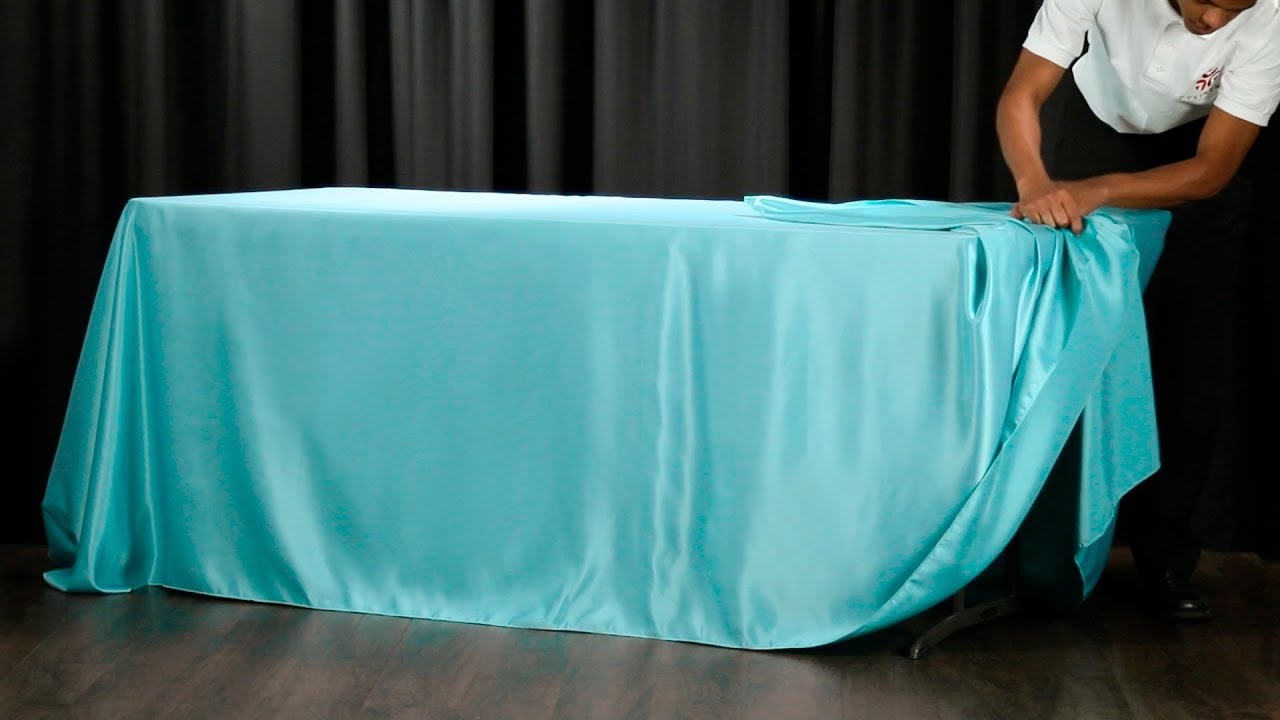
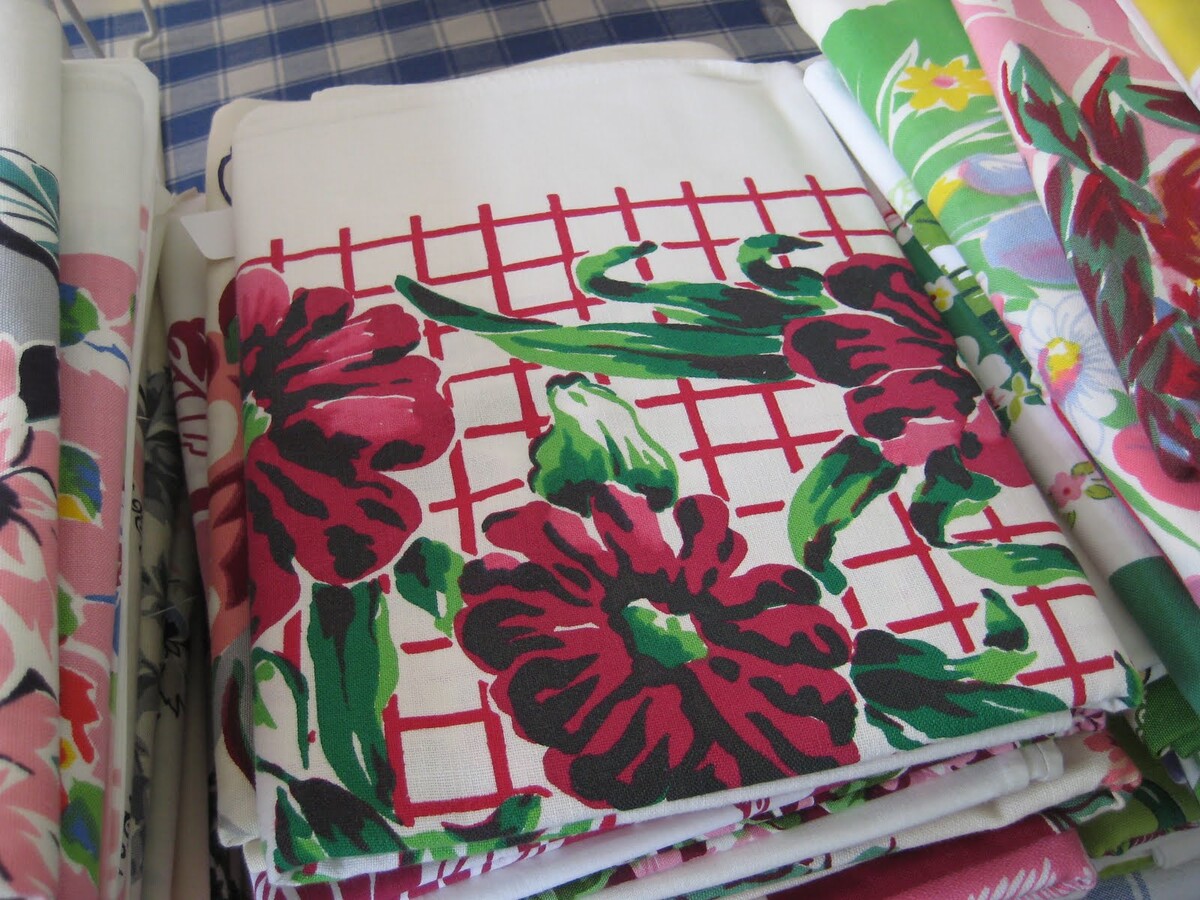
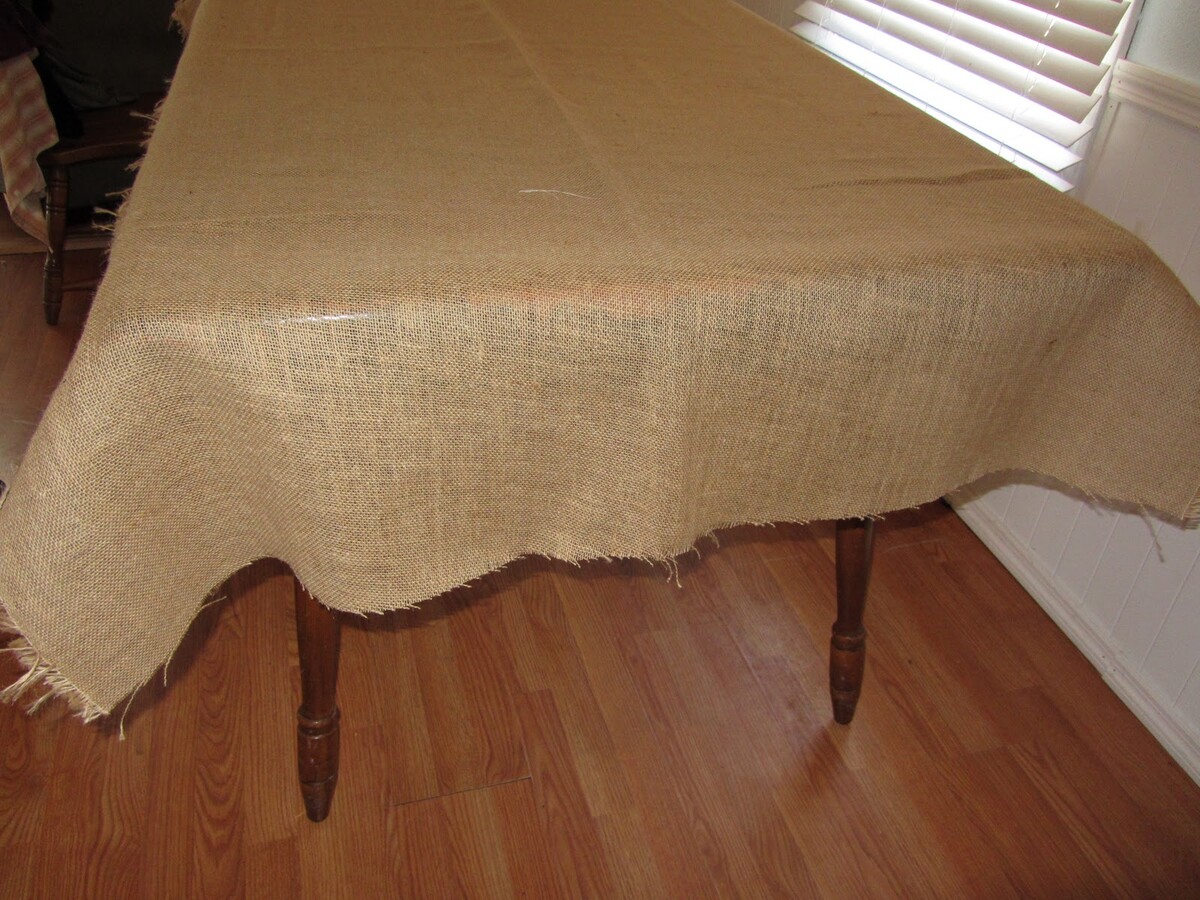
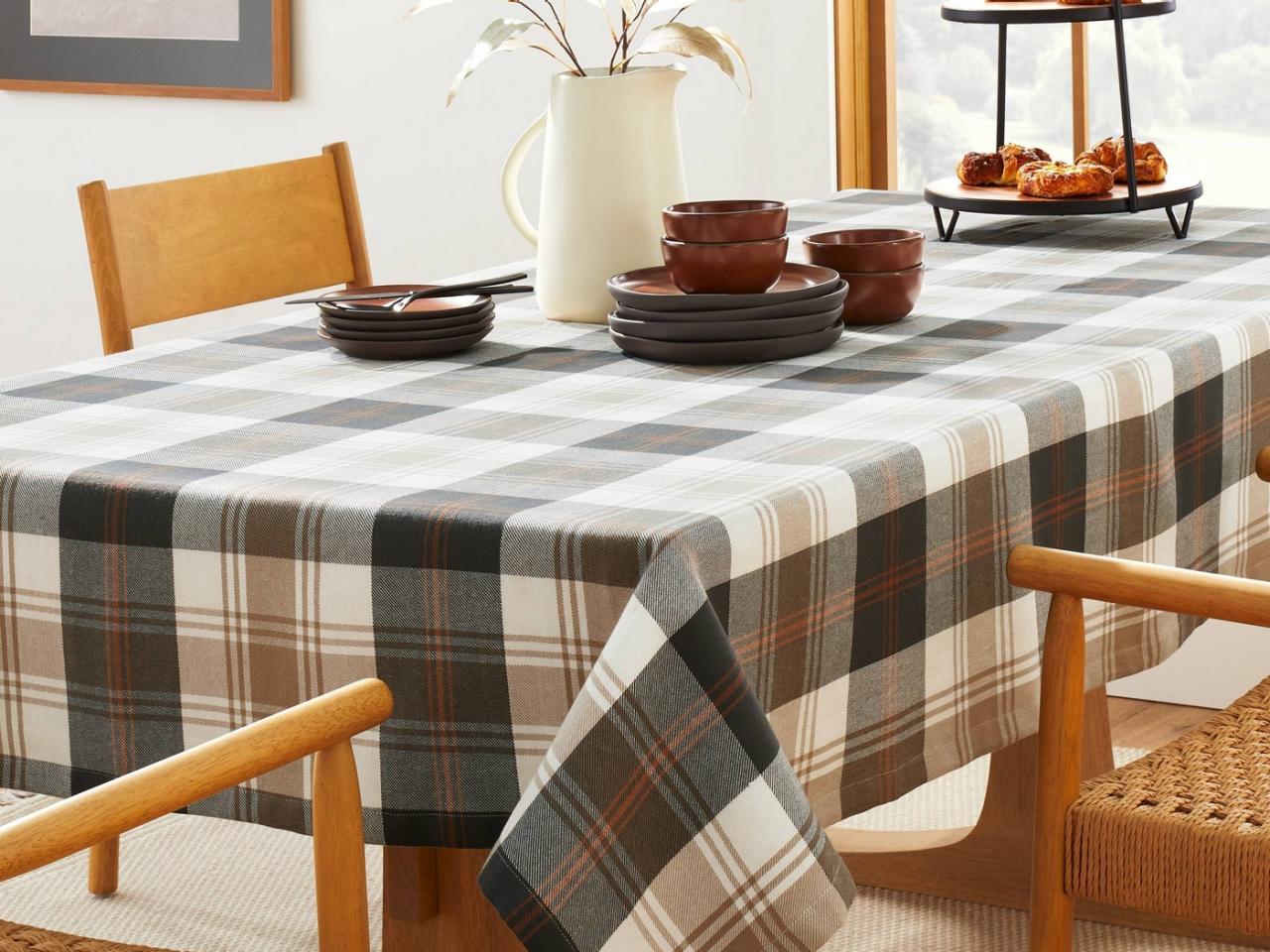
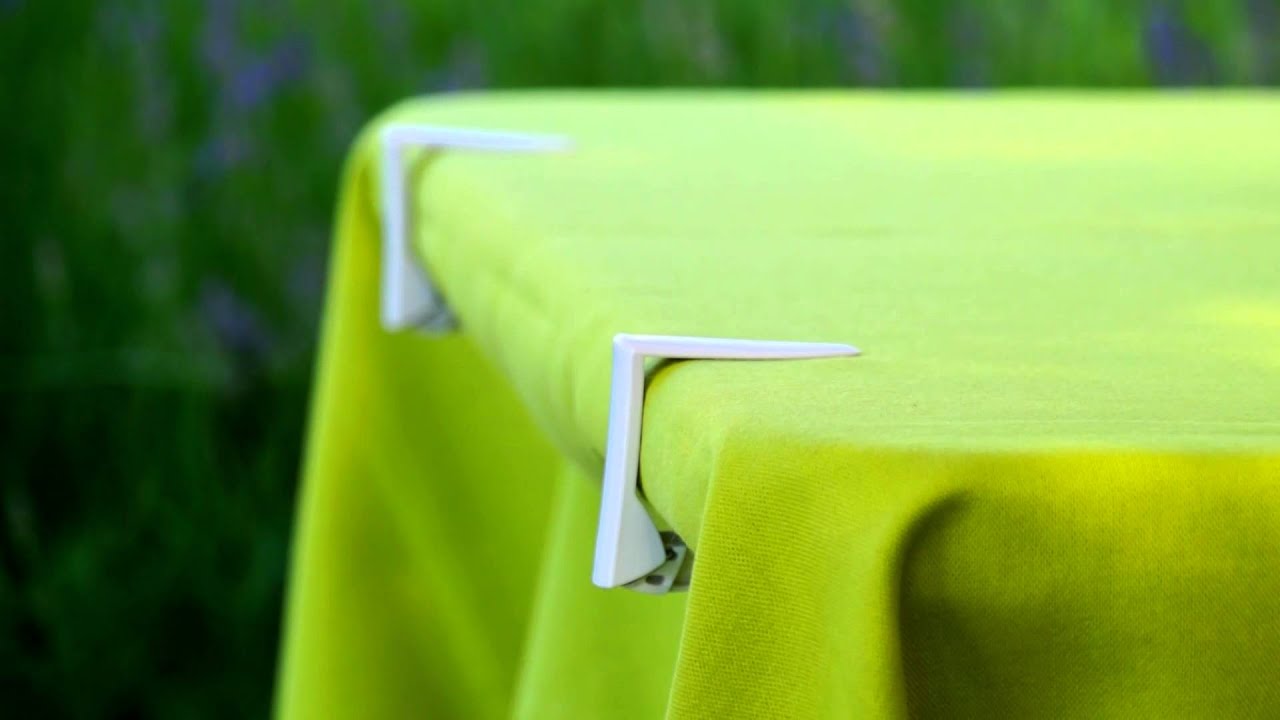
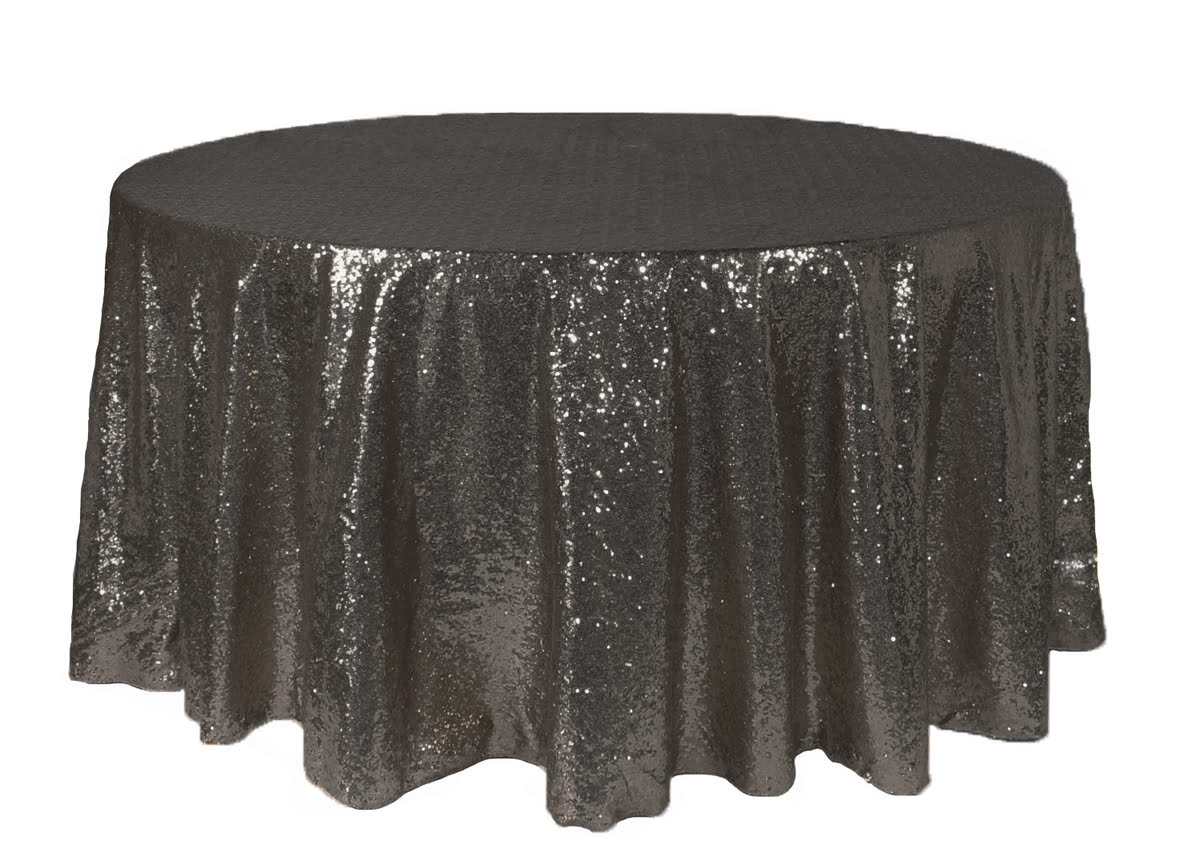
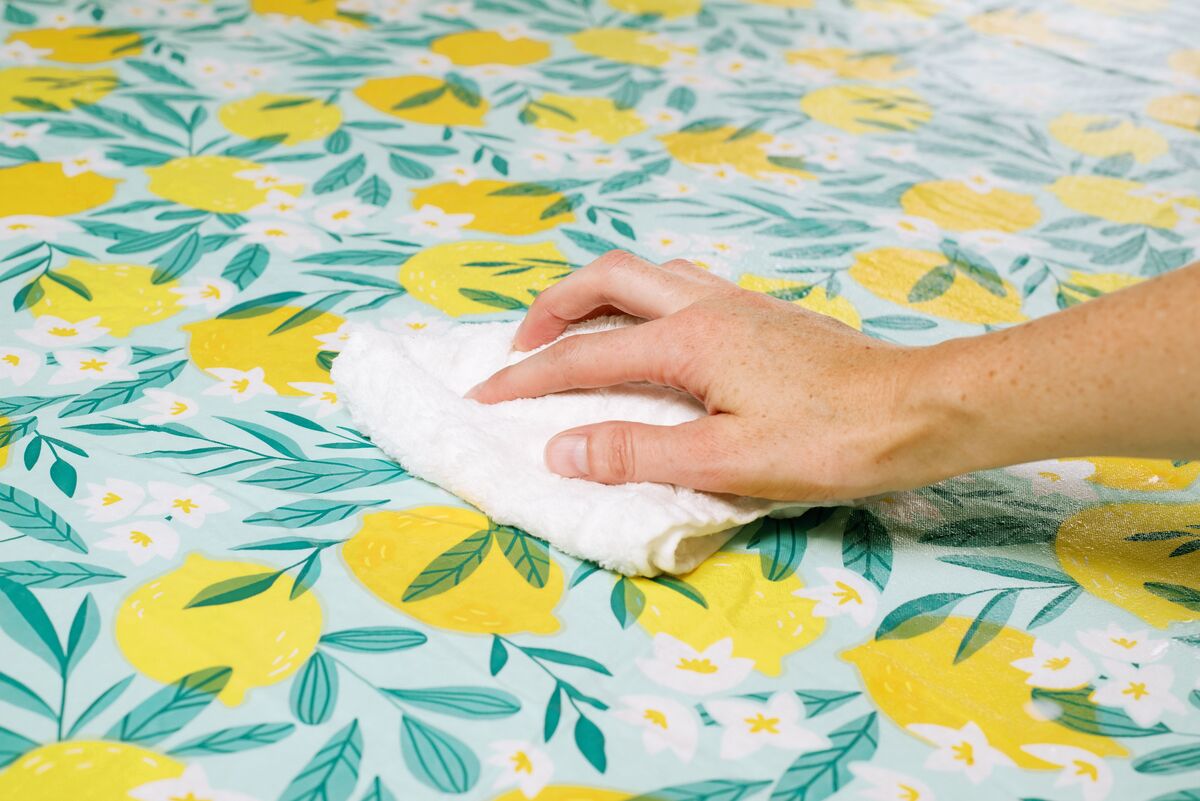
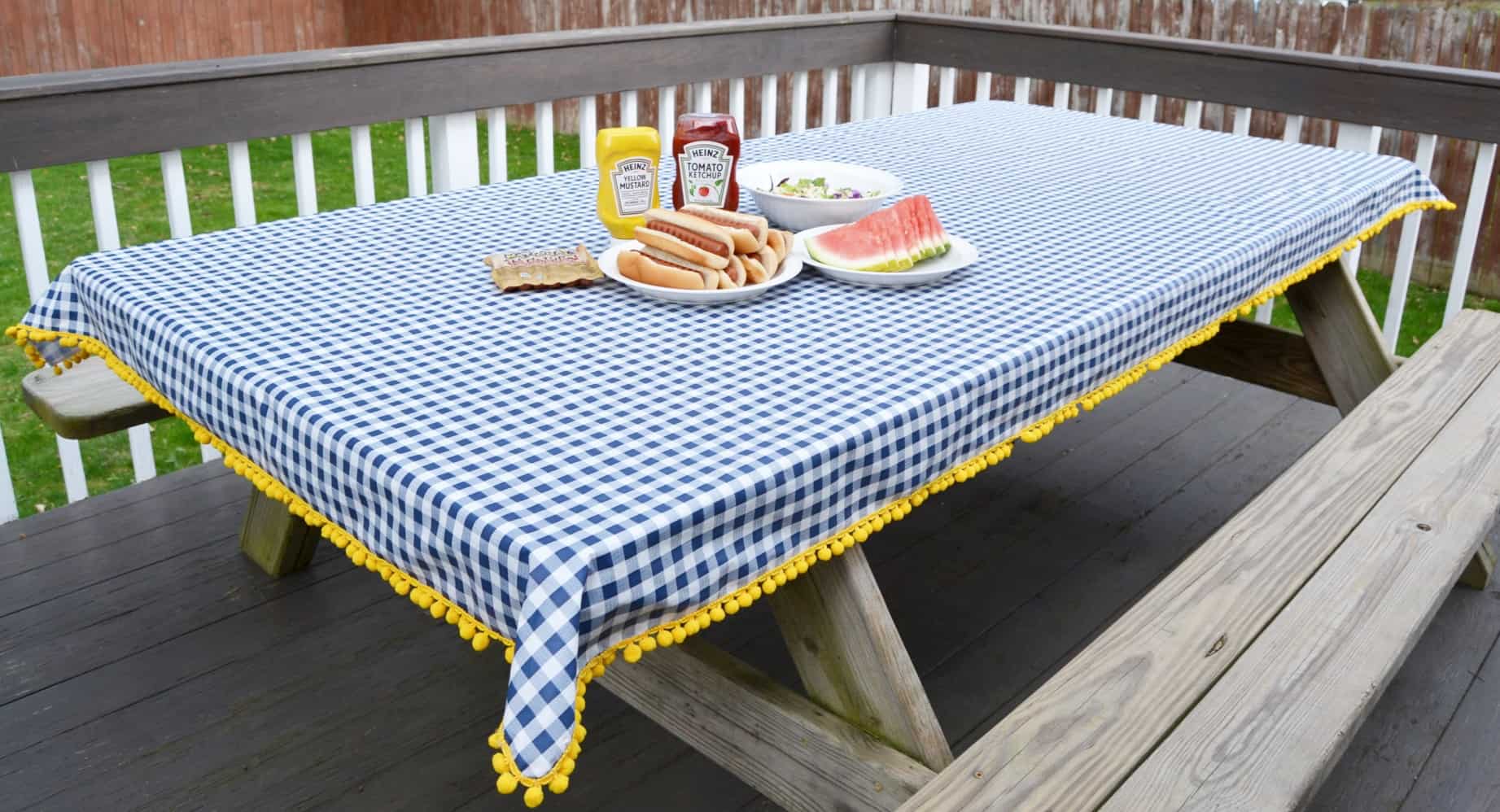
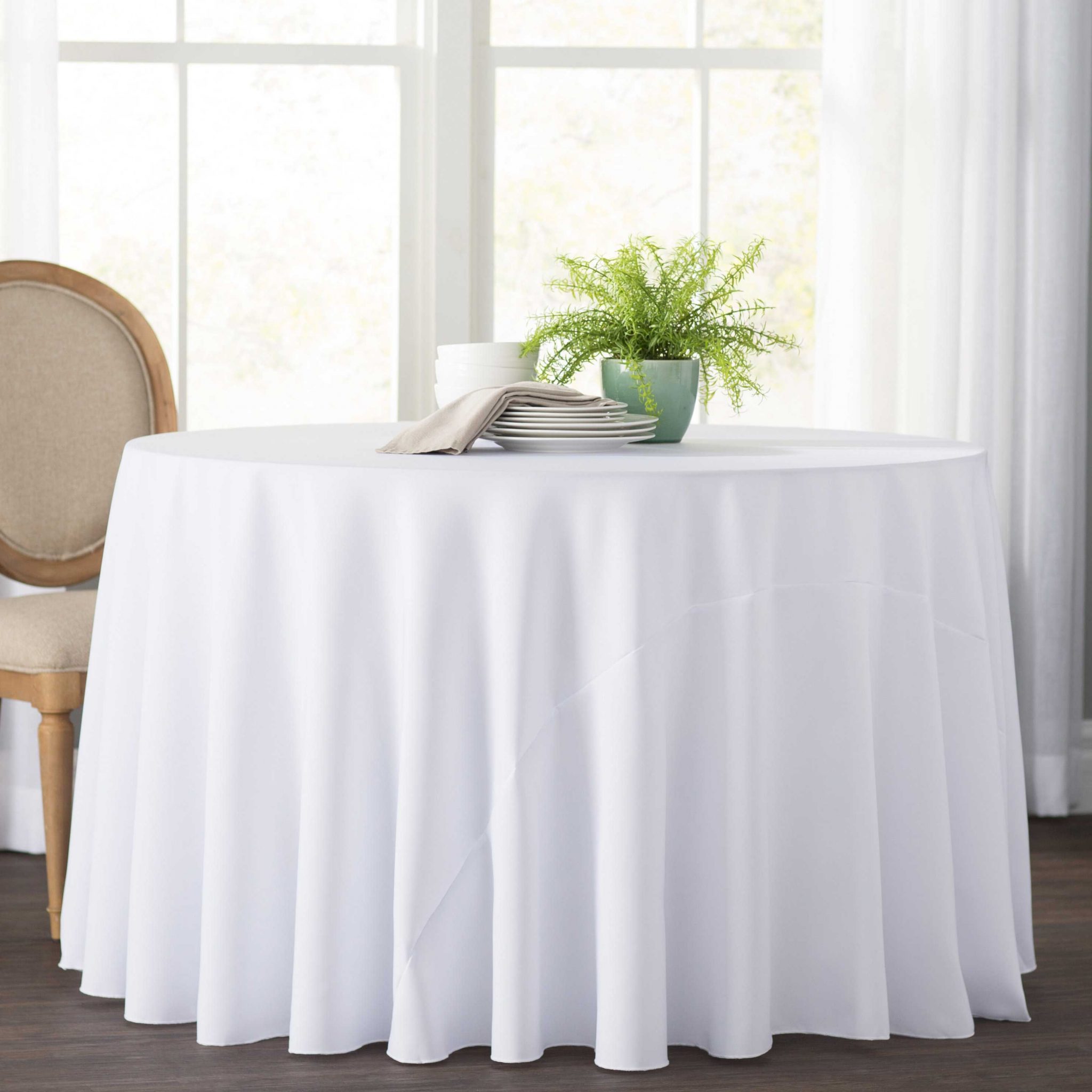
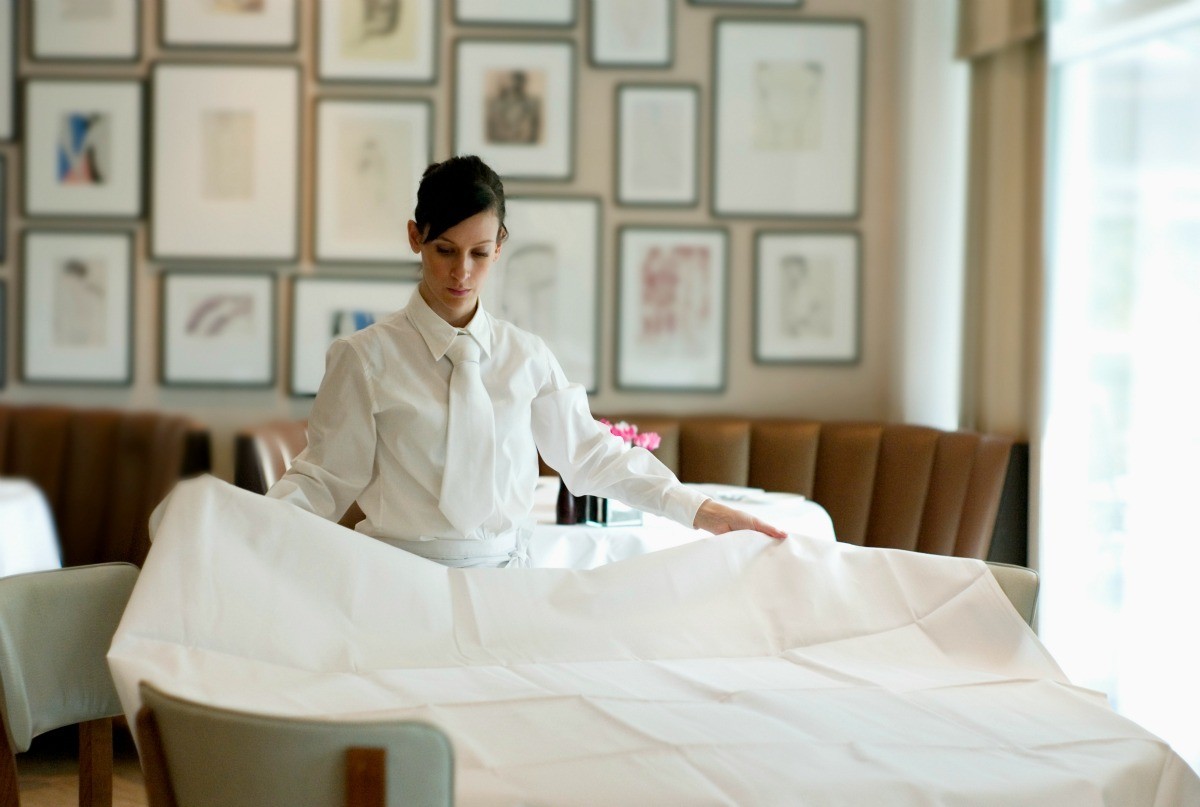
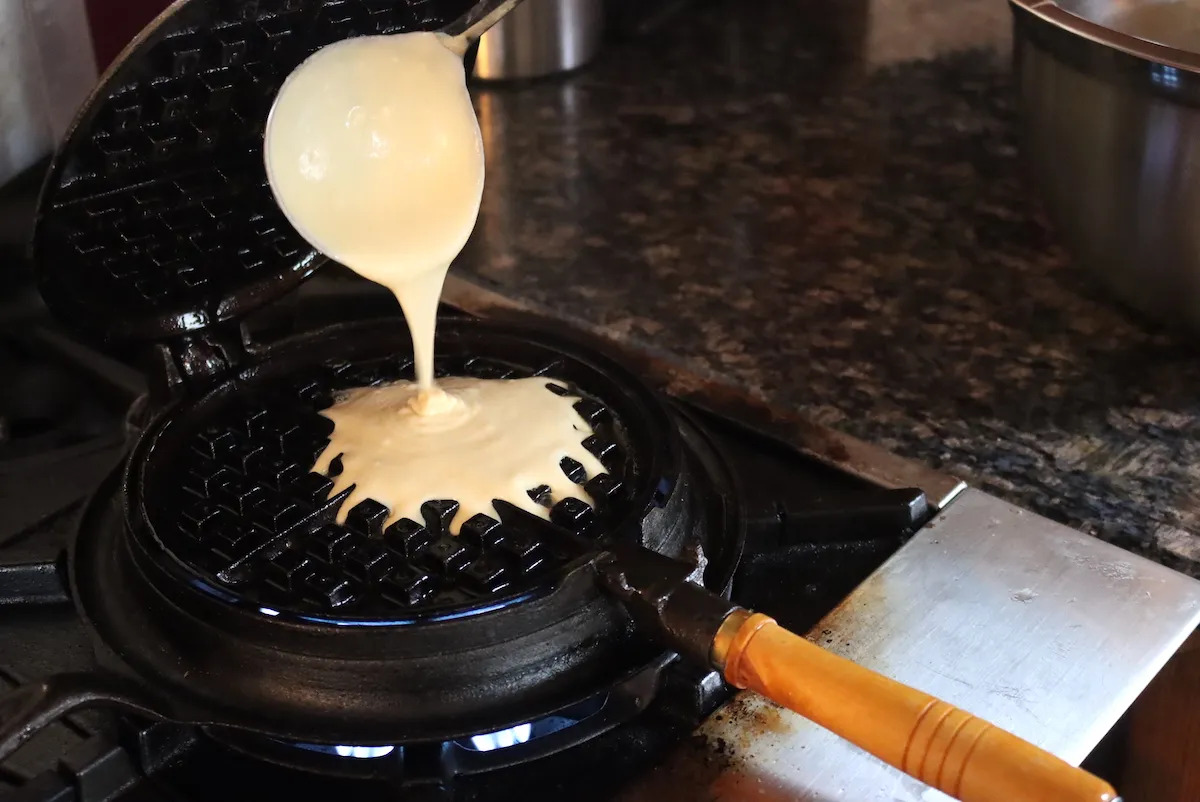
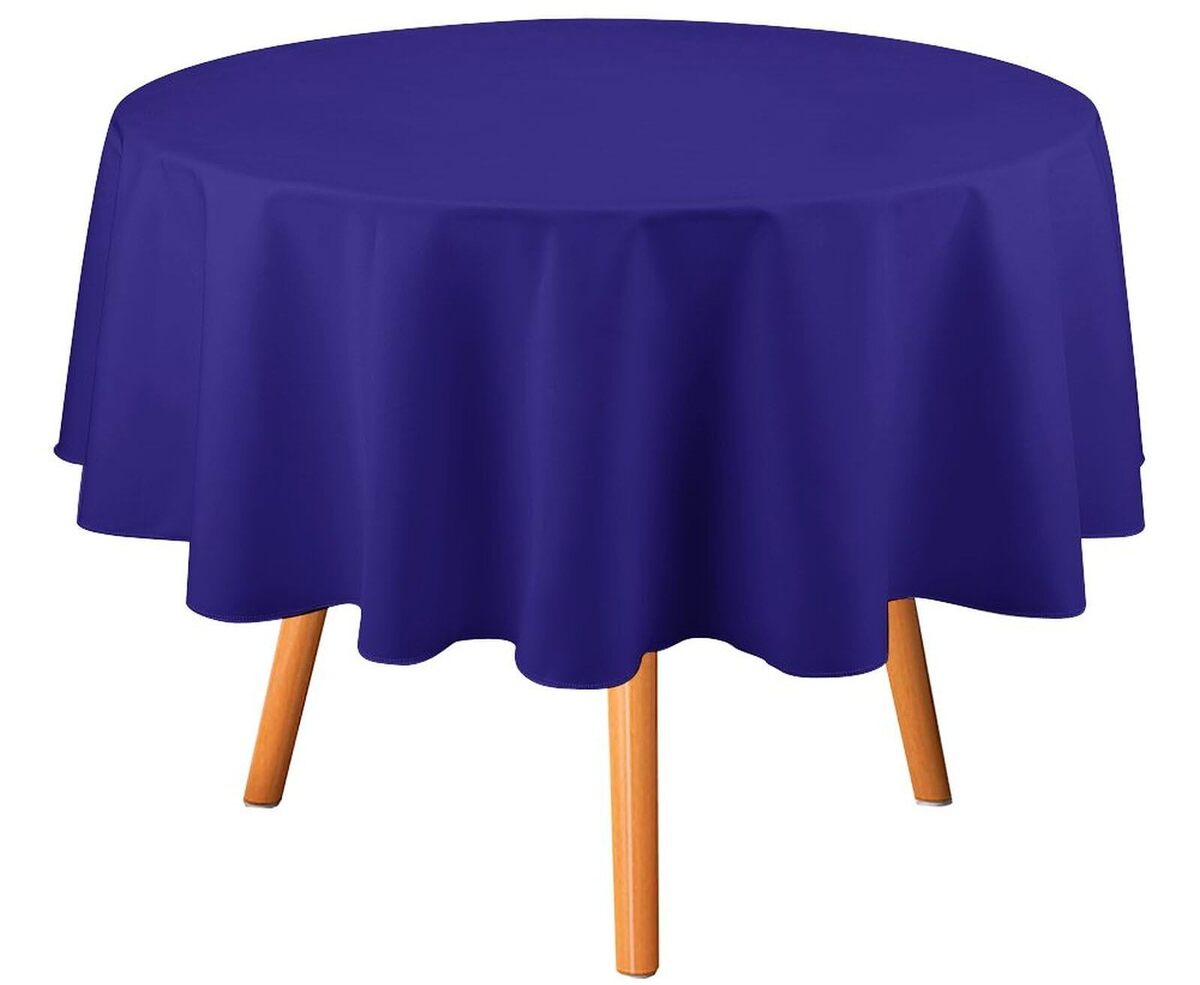
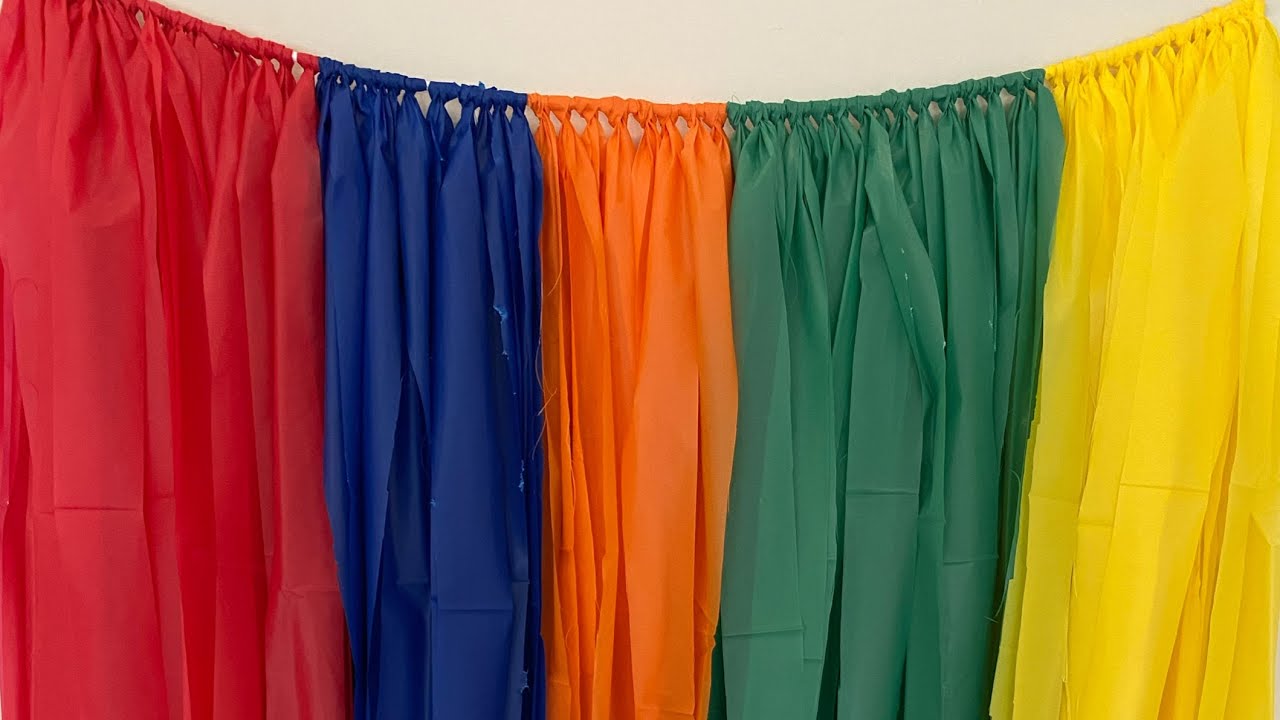

0 thoughts on “How To Iron A Tablecloth”